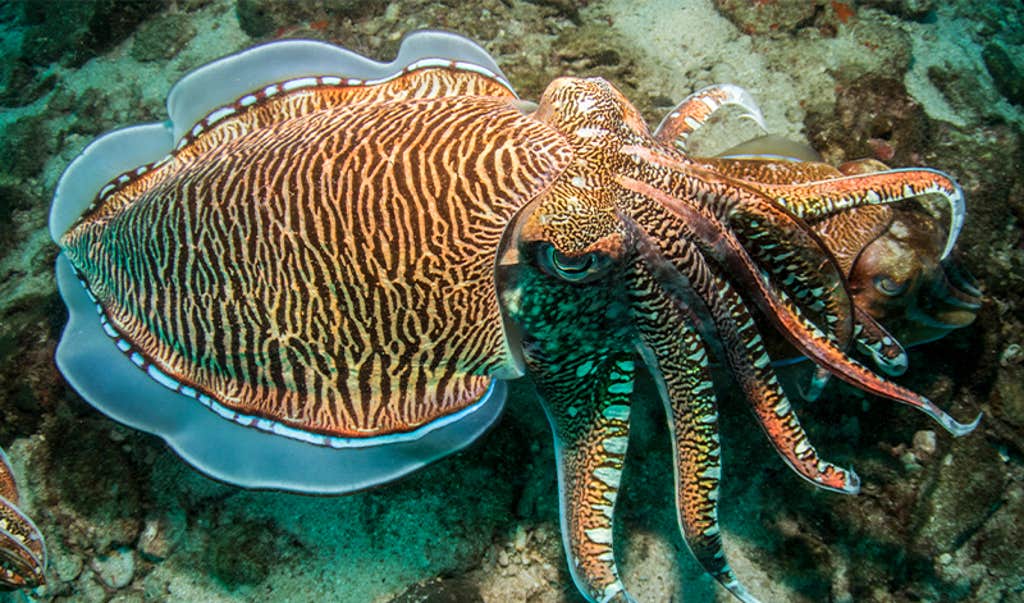. o help pay for his undergraduate education, Elias Garcia-Pelegrin had an unusual summer job: cruise ship magician. “I was that guy who comes out at dinnertime and does random magic for you,” he says.
But his latest magic gig is even more unusual: performing for Eurasian jays at Cambridge University’s Comparative Cognition Lab. Birds can be harder to fool than tourists. And to do magic for the jays, he had to learn to do sleight-of-hand tricks with a live, wriggling waxworm instead of the customary coin or ball.

But performing in an aviary does have at least one advantage over performing on a cruise ship: The birds aren’t expecting to be entertained. “You don’t have to worry about impressing anybody, or tell a joke,” Garcia-Pelegrin says. “So you just do the magic.
” In just the last few years, researchers have become interested in what they can learn about animal minds by studying what does and doesn’t fool them. “Magic effects can reveal blind spots in seeing and roadblocks in thinking,” says Nicky Clayton, who heads the Cambridge lab and, with Garcia-Pelegrin and others, cowrote an overview of in the . What we visually perceive about the world is a product of how our brains interpret .
Humans and other animals have evolved to handle the immense amount of visual information we’re exposed to by prioritizing some types of information, filtering out things that are usually less relevant and filling in gaps with assumptions. Many magic effects exploit .
















